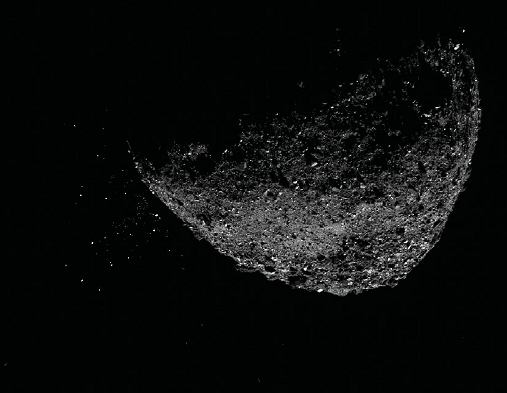Something that will be resistant to damage and at the same time lightweight sounds like every engineer’s dream. We’re talking about potential applications for many different fields, from construction, to automotive, to medicine. It seems that the answer to market demand may be hidden in the achievements of the authors of the publication recently published in this journal Cell Reports Physical Sciences.
Read also: Antimatter and gravity, or a number of surprising connections. Scientists have noticed something surprising
The team dealing with this case included representatives from three different institutions: Columbia University, the University of Connecticut, and Brookhaven National Laboratory. As they explained, their efforts created a pure form of glass, which was then used to coat DNA fragments. In such conditions, a light material with a strength higher than that of steel was created.
As one of the authors, Aaron Michelson, explains, he and his colleagues paid particular attention to using DNA in the form of a programmable nanomaterial to create a complex 3D scaffold. The researchers then decided to evaluate the effects of transferring this scaffold to more stable solid materials. They also tested the possibilities of casting silica, an element used in glass production.
During the experiments, a scaffold made of DNA was covered with a layer only 5 nanometers thick. For comparison, the diameter of a human hair is about 100,000 nanometers. We are therefore talking about a very small scale, where it was possible to observe how the application of a layer of silica created open spaces that provide the entire material with exceptional lightness.
The engineered material has four times the strength of steel and approximately five times lower density
At the same time, it is characterized by high durability, so it does not get damaged. This resistance to damage is higher than is usually the case with glass shards. Naturally, this parameter was not measured “by eye”, but using appropriate methods. According to Michelson, one such technique was nano-identification, a technique used to measure the mechanical properties of materials on a very small scale. It is performed using a precise instrument that allows the resistance force to be measured.
Read also: Iranian perovskite on the lips of the world. This is where they added material that no one had thought of
In addition, members of the research team used an electron microscope, which allowed them to measure mechanical behavior and monitor the compression process at the same time. What was the end result? Its strength is four times higher than that of steel. All this at a density approximately five times lower than the designed materials.

Echo Richards embodies a personality that is a delightful contradiction: a humble musicaholic who never brags about her expansive knowledge of both classic and contemporary tunes. Infuriatingly modest, one would never know from a mere conversation how deeply entrenched she is in the world of music. This passion seamlessly translates into her problem-solving skills, with Echo often drawing inspiration from melodies and rhythms. A voracious reader, she dives deep into literature, using stories to influence her own hardcore writing. Her spirited advocacy for alcohol isn’t about mere indulgence, but about celebrating life’s poignant moments.









